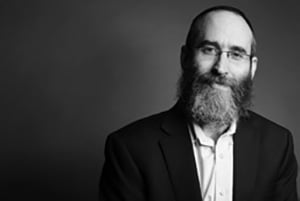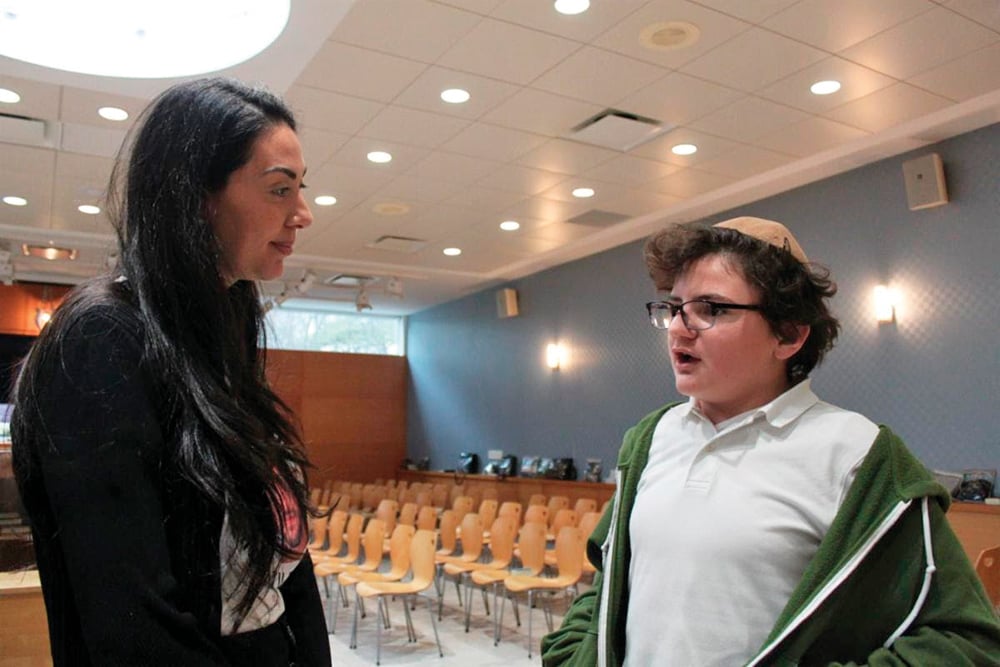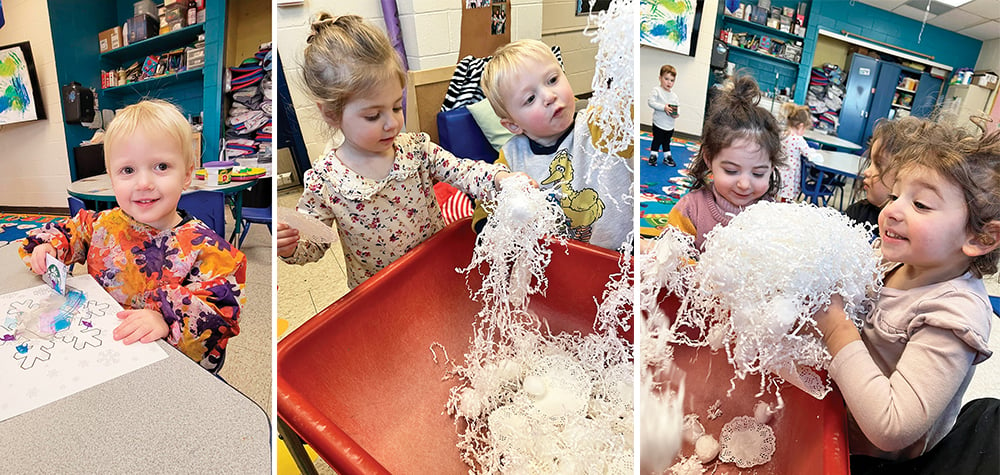

Birthdays are often a relatively private affair, a celebration involving family, friends or perhaps just one’s spouse. However, a 40th birthday, which is truly a milestone, calls for something special.
Rabbi Avrohom Bergstein of Anshei Lubavitch in Fair Lawn was inspired to do something different to mark his 40th birthday, but his idea was less about having a special celebration and more about meeting a specific goal. His plan was to recruit 40 Jewish men who did not as yet don tefillin regularly, and encourage them to commit to wearing them at least once a week. As Rabbi Bergstein explained, “Reaching important milestones in our lives prompts us to think of ways to show our appreciation for the blessings we’ve been given.” Put simply, he added, “I decided to challenge myself.”
His recruitment efforts involved a number of avenues. He posted a video on Facebook explaining the challenge, texted and emailed people on his contact list, and phoned a targeted group of individuals he felt could assist with his outreach. He explained what drove him. “Every opportunity that arises that can effectively strengthen Jewish observance, Jewish unity and Jewish identity should be utilized toward this end—and this seemed like the perfect way to do this!”
Jordan Rockowitz, an Anshei Lubavitch member, was one of the people who volunteered to help Rabbi Bergstein in his recruitment efforts. Rockowitz was able to reach several men who were willing to accept the tefillin challenge. He shared their reasoning for participating. “They felt it was an easy way to connect with God and Judaism quickly, without a taxing amount of time.”
One of those willing to give it a try was a man over 80 years old who had not put on tefillin since his bar mitzvah. Encouraged by Rabbi Bergstein, he said his reason for joining was because “it makes me feel more connected to our ancient heritage.” At the other end of both the age and religious spectrum was a young man in his early 20s who had regularly worn tefillin in the past, but had taken a different path in recent years. He also hearkened to Rabbi Bergstein’s request, saying, “For me, putting on tefillin puts me in the mindset of davening. It’s almost like the cup of coffee you need to get you ready.” Rabbi Levi Neubort, who leads the efforts at Anshei Lubavitch, provided encouragement for and assistance with the project. For instance, after officiating at a woman’s funeral, he mentioned the challenge to the deceased woman’s son. The response was “Why not?” Rabbi Bergstein believes it may have been the first time that man ever wore tefillin.
When asked if there was any pattern to those willing to take the plunge, Rabbi Bergstein said, “I think it’s simple. Jews want to be more Jewish.” They came from all walks of life and ranged in age from late teens to senior citizens.
Before embarking on his project, Rabbi Bergstein admitted to being a bit concerned about whether people would consider his project an overreach into their personal religious decisions. That worry quickly proved unfounded. Rabbi Bergstein was elated with the results. “I found people to be very receptive to it. Within a few short weeks, and with the help of some close friends from our shul, we managed to get 47 Jewish men to make the commitment for at least a once-a-week rendezvous with God by putting on tefillin.” Some asked the rabbi if the commitment involved a time parameter. He responded that it should be for at least a year, no doubt hoping their tefillin experiment would become a habit. He shared that one young father committed to wearing tefillin once a week, but told him he had worn the tefillin every day of the week.
When asked why he chose to focus on this mitzvah as opposed to a myriad of other possibilities, Rabbi Bergstein explained, “In Jewish tradition, the mitzvah of wearing tefillin is unique in that it brings a distinct consciousness of the divine to one’s surroundings. More specifically, it helps Jewish people reach into their deepest identity and live a more fully-evolved Jewish lifestyle.” He added, “I’ve always felt that this mitzvah has the ability to create a ripple effect, benefiting the entire Jewish people collectively.”
He explained his choice further. “There is a fascinating midrash that says when a Jew puts on tefillin, God does so as well. Really? God puts on tefillin? What words could possibly be inscribed in God’s tefillin?” He continued, “The Midrash says that God’s tefillin contains a declaration of how cherished the Jewish people are in His eyes.”
Returning to the impetus for the project, Rabbi Bergstein reflected, “Ultimately, a birthday is a reminder of why we are here and what we have to do with our time. Every day is a gift, and we have to utilize it to its fullest. We need to ask ourselves each day, ‘What am I doing today to fulfill my reason for being?’”
Smiling, he then offered, “My hope is that this will spark similar undertakings by others, perhaps someone resolving to get 40 women to light Shabbos candles, 40 people to affix a mezuzah on their homes or any other variety of years and mitzvahs.”
By Robert Isler
Robert Isler is a freelance writer. He can be reached at [email protected].













